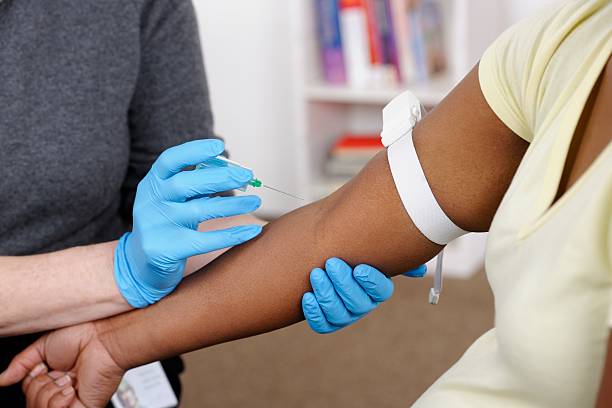Breast reconstruction surgery can be performed on patients who have had either a mastectomy or a lumpectomy due to breast cancer. Breast reconstruction is best thought of as a process, as opposed to a single procedure, because in most cases it takes more than one operation in order to achieve the look, shape, and feel that best meets each woman’s goals. There are several different approaches to breast reconstruction: some women choose to receive breast implants made of silicone or saline, some choose to use a piece of tissue from their body (most commonly the fat and skin from the lower abdomen, which is similar to the tissue removed during a “tummy tuck” procedure).
It is possible to have breast reconstruction immediately after treatment for breast cancer (immediate reconstruction). Alternately, it might occur a few months or even years later (delayed reconstruction). Depending on the circumstances, women can choose to have breast removal and reconstruction procedures on one or both of breasts.
PAP flap: skin and fat (without any muscle) is moved from the inner thigh and back of the thigh as a free flap
TUG flap: skin and fat from the inner thigh is collected at the same time as a portion of one of the muscles from the inner thigh.
Latissimus dorsi (LD) flap: Tissue is moved from the patient’s back, and remains connected as a pedicled flap as it swings underneath the axilla (armpit). In most cases a tissue expander or permanent implant is placed underneath the latissimus flap in order to provide sufficient shape and projection.
SGAP/IGAP flaps: tissue is moved form the buttock as a free flap. It does not involve use of any muscle.
Oncoplastic reconstruction after lumpectomy
If a woman has been deemed a good candidate for a lumpectomy (“partial mastectomy”) oncoplastic reconstruction may be a good fit. In oncoplastic reconstruction, the lumpectomy is done simultaneously as a breast lift or a breast reduction (or at most two weeks later). The breast reduction or breast lift helps to fix the shape of the breasts and fills in the hole left by the lumpectomy.
Can a nipple be reconstructed?
Some types of mastectomy keep the nipple and areola (dark skin around the nipple) in place. If the nipple and areaola need to be removed (nipple-sparing mastectomy), then the reconstructive plastic surgeon can create a new one. This is done by one of three options:
Tattoo only: in some cases, women choose to use tattoo only in order to create the appearance of a nipple-areola complex. Because this is in fact “flat” and not three-dimensional, this is best done by a trained specialist who is able to use shading in order to create the appearance of texture and dimensionality.
Surgery + tattoo: in this approach, the skin on the breast is used in order to create a three-dimensional nipple, followed by tattoo to provide pigment to the nipple and surrounding skin to approximate the appearance of an areola.
Nipple sharing + tattoo: if the other nipple is still in place, and if it is very large and would benefit from being reduced, half of that nipple can be removed and placed at the ideal site on the reconstructed breast. This “nipple graft” takes root at the new site, and then tattooing can be performed at a later time in order to give appearance of an areola.



